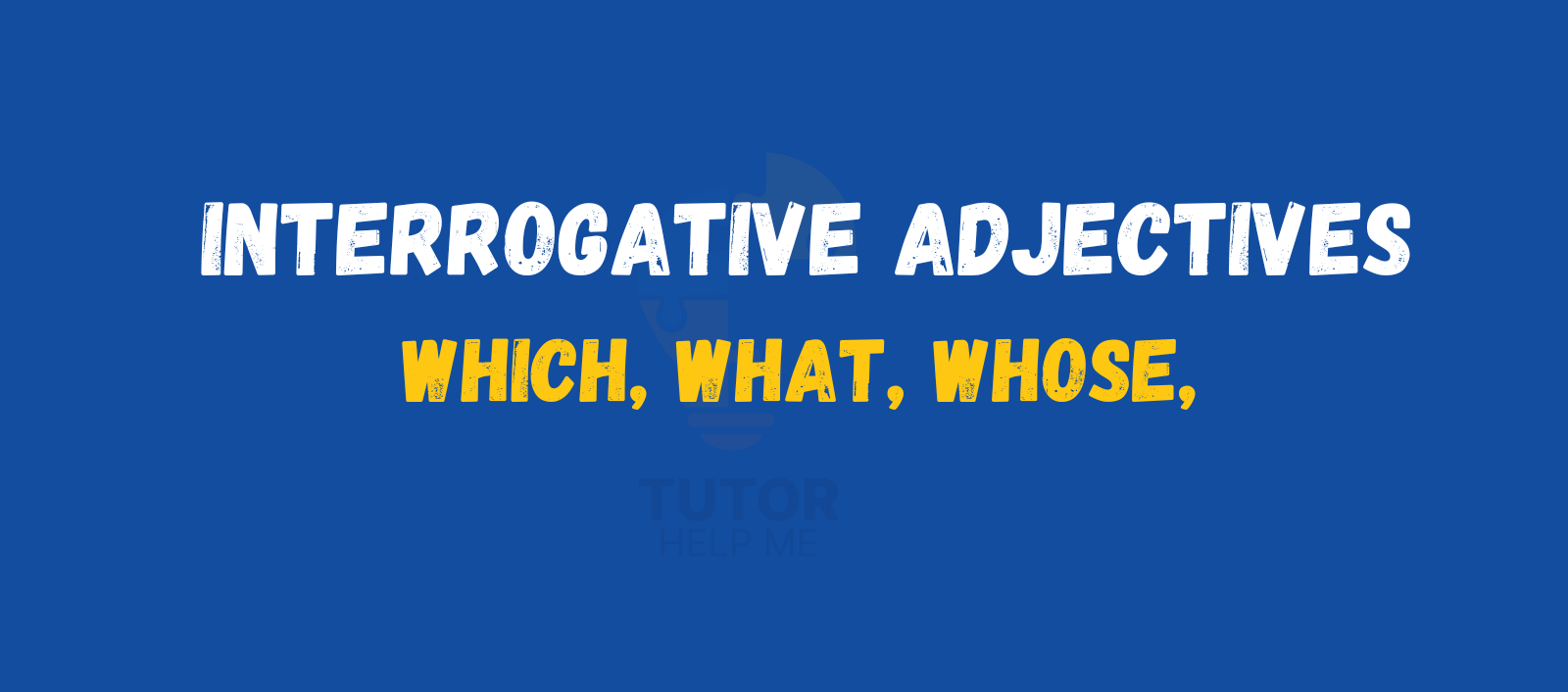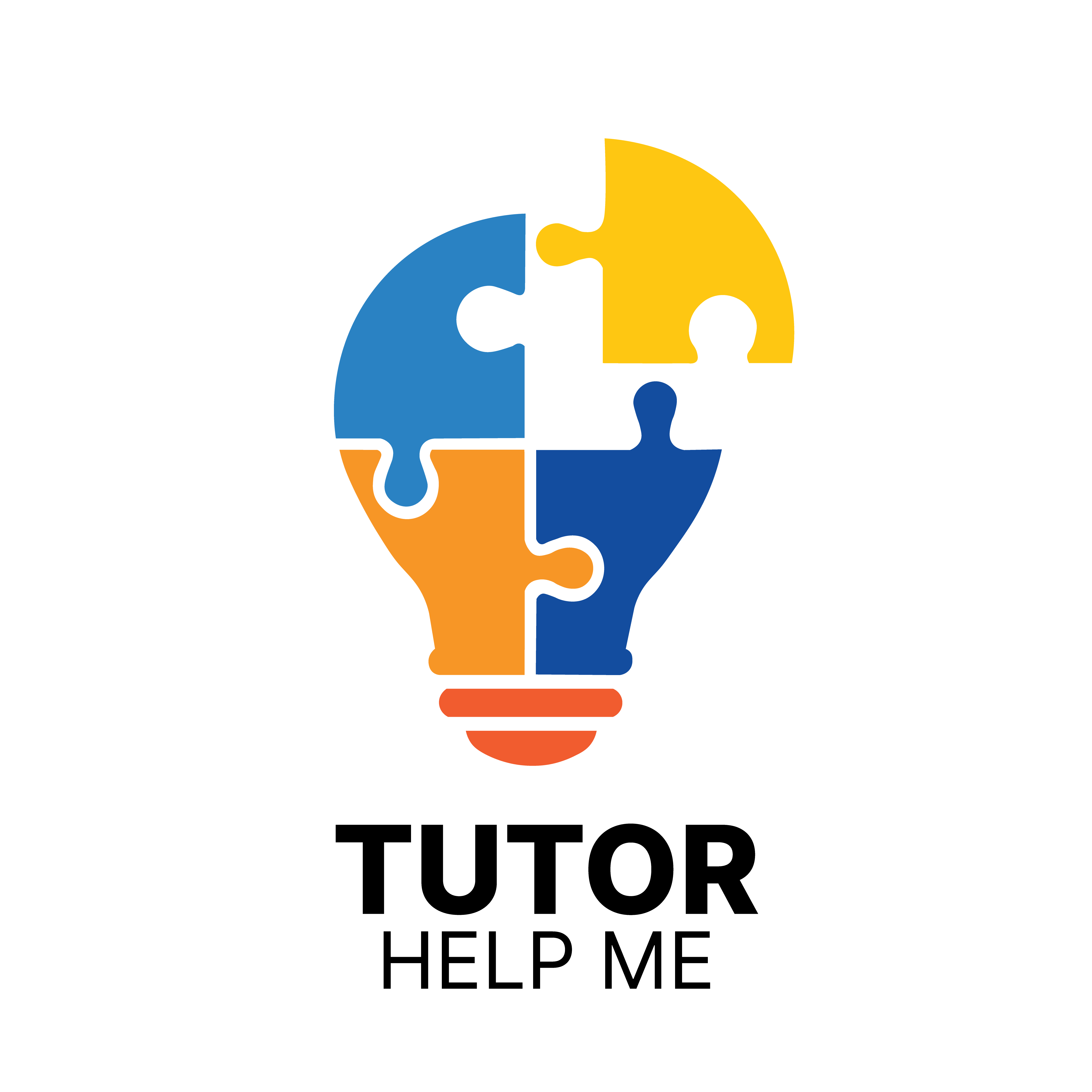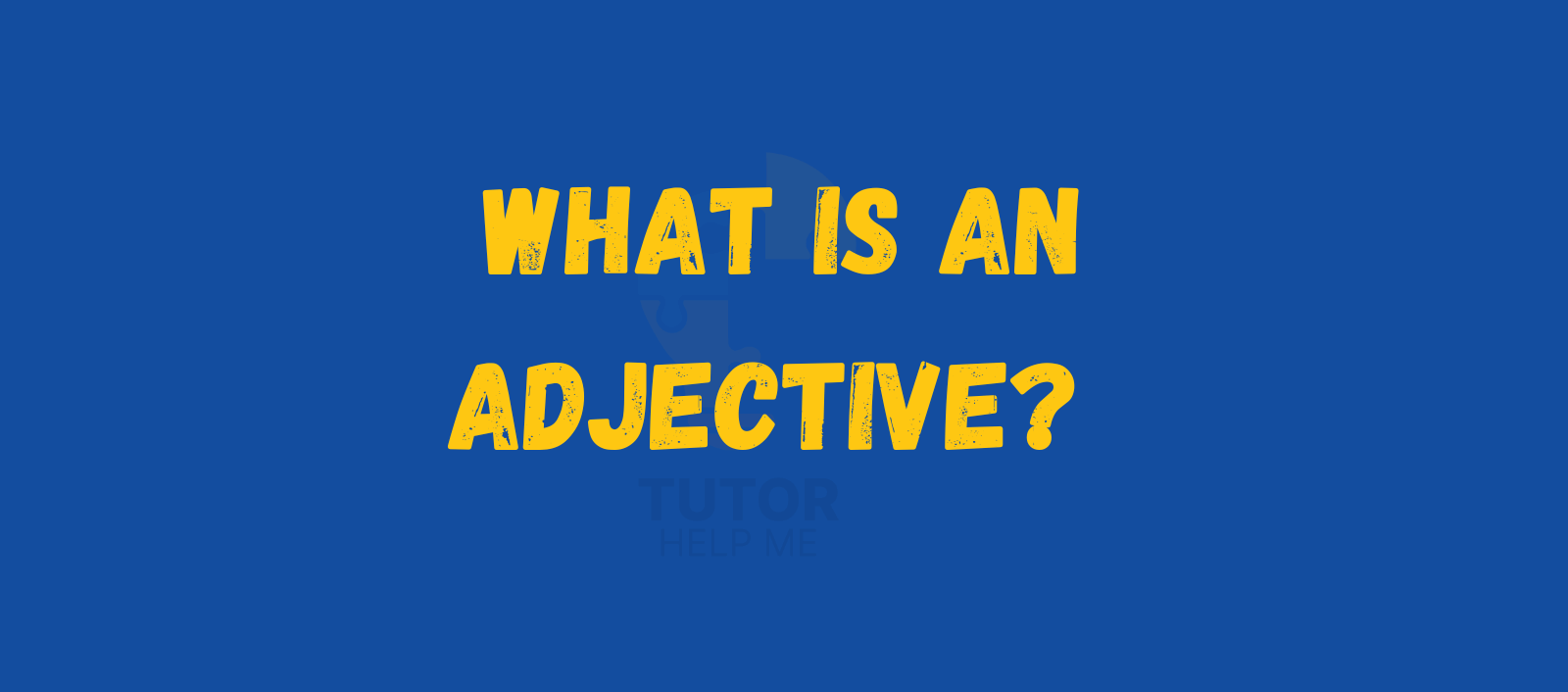Ever wondered how we describe things in English? That’s where adjectives come in. Adjectives are words that describe nouns. They tell us more about a person, place, or thing. So, what is an adjective? An adjective adds meaning by showing qualities like size, colour, shape, number, or feeling.
In this blog, you’ll learn:
- The definition of adjectives
- Different types of adjectives
- Easy examples to help you understand them better
Let’s explore how adjectives make our sentences more detailed and interesting!
What Is an Adjective?
An adjective is a word that describes or modifies a noun. It tells us more about the noun’s quality, number, size, shape, or feeling. Adjectives help readers see, feel, or understand the noun better.
Example of adjective,
- She wore a beautiful dress.
- The tall man opened the door.
- We saw a huge elephant.
- This is a new phone.
- They live in a quiet town.
- He gave me a sweet gift.
- The red car is fast.
- It was a cold morning.
- I read an interesting book.
- Her voice is soft and calm.

Types of Adjectives
Descriptive Adjectives
Descriptive adjectives express the quality or feature of a noun. They tell us how someone or something looks, feels, or behaves.
Examples,
- The happy child played in the garden.
- She wore a blue dress.
- We enjoyed the delicious meal.
- It was a sunny day.
- He gave a brilliant idea.
“Get success with our 1-on-1 english tutors.”
Quantitative Adjectives
Quantitative adjectives show the quantity or amount of a noun. They answer questions like “how much?” or “how many?”
Examples,
- I have three pencils.
- She drank some water.
- He has many friends.
- We saw few birds.
- There was little noise.
Demonstrative Adjectives
Demonstrative adjectives point out specific nouns. They help show which noun is being talked about.
Examples,
- This book is mine.
- I don’t like that movie.
- These apples are sweet.
- Those shoes are expensive.
- That car looks fast.
Possessive Adjectives
Possessive adjectives show ownership or belonging. They are placed before a noun to indicate possession.
Examples,
- This is my bag.
- He loves his dog.
- Her voice is soft.
- We visited our grandma.
- Their house is near.
“Book a free assessment for english tutors.”
Interrogative Adjectives
Interrogative adjectives are used to ask questions about nouns. They come before a noun and add a question.
Examples,
- Which dress do you like?
- What subject is easy for you?
- Whose book is this?
- Which movie did you watch?
- What colour is your car?

Indefinite Adjectives
Indefinite adjectives refer to non-specific nouns. They describe a general amount or identity without being exact.
Examples,
- Some people enjoy reading.
- Many students passed the exam.
- Few options were left.
- Several ideas came up.
- All children laughed.
“If you book more than two lessons, we offer special discounts.“
Conclusion
Adjectives add life to our language. They describe, point out, and give more meaning to nouns. Without adjectives, sentences would feel flat and boring. Whether you’re talking about colour, size, number, or feeling—adjectives help you explain better. Now that you know their types and uses, try spotting them in everyday speech. Understanding adjectives is the first step to building richer, more expressive sentences.
FAQ’s
Can adjectives come after a noun?
Yes, sometimes they follow the verb like “The girl is kind.”
Can one word be more than one type of adjective?
Yes, some words work in different ways depending on context.
Do all adjectives come before nouns?
Most do, but some come after linking verbs like “is” or “seems.”
What are some common adjectives?
Examples include happy, big, red, few, and this.
Why should we learn adjectives?
Adjectives help you describe things clearly and express ideas better.

